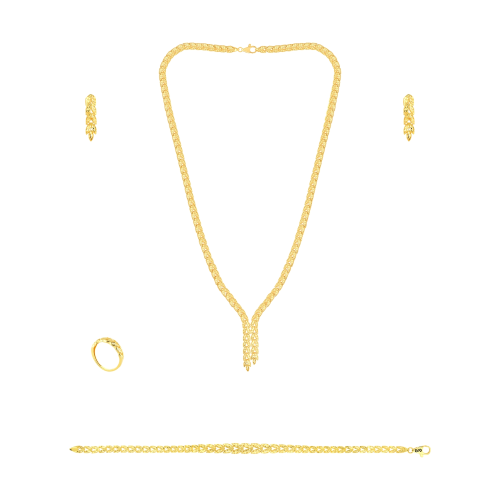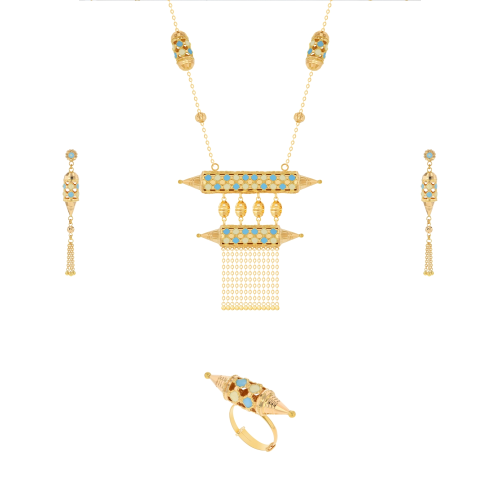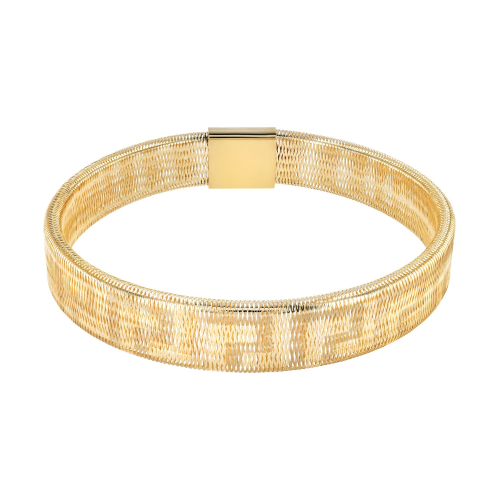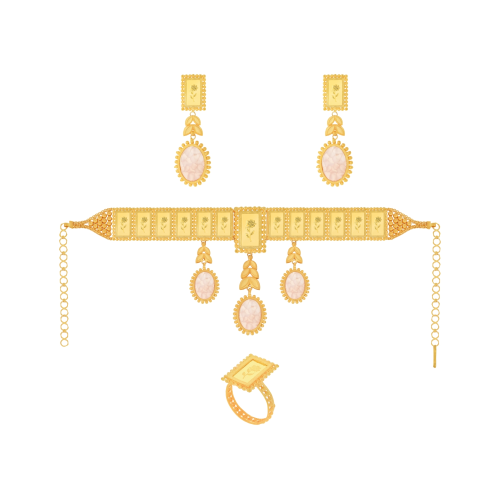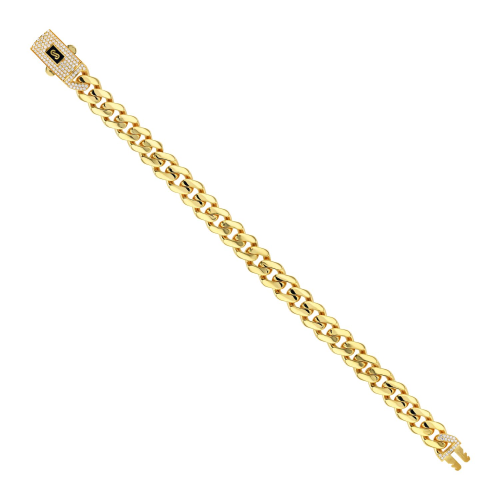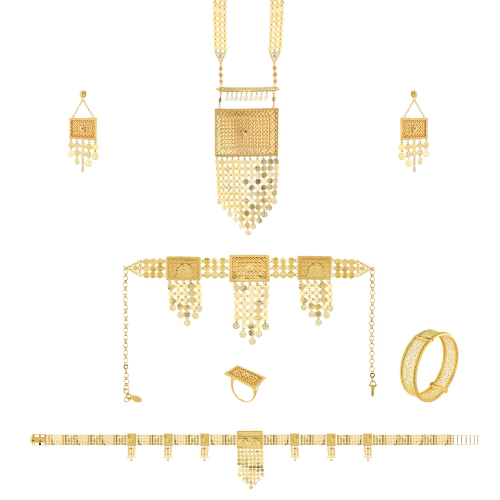Blue Gold: A Mystery

To attract customers and increase the effectiveness of the goods, the modern jewellery business uses gold alloys of various colours to manufacture jewellery pieces.
Because of its inadequate resilience to wear and tear and lack of firmness, pure gold, which has a yellowish-reddish colour, is not utilized in jewellery. Precious jewellery is made from traditional gold alloys as well as other metals, primarily silver and copper.
Jewellery manufactured from non-traditional gold alloys has grown in popularity over the previous decade. Intermetallic compounds are alloys with the most unique colours. These are gold chemical compounds containing "low density" metals such as cobalt, aluminium, and potassium, as well as "high density" metals such as silver, tin, and lead.
Intermetallic compounds are made by combining components in a precise ratio indicated by the chemical formula. Because of their low plasticity and high fragility — they can crack or fracture after a fall or become damaged from a blow — these metals are limited in their use in the jewellery business.
Blue gold and its colours, which range from pale blue to rich violet, are intermetallic complexes.
Blue gold is a gold alloy having 46 per cent 11-karat gold and 54 per cent indium — AuIn2. The blue intermetallic compound has a high degree of brittleness.
AuGa2, a gold-gallium compound with a light bluish hue and 58 per cent 14K gold, has a lighter bluish hue. This gold alloy has a higher density than AuIn2.
In the early days of alchemy, mediaeval alchemists were able to obtain blue-coloured gold, according to their manuscripts. By fusing the two components in the following ratio: 18 parts precious metal and 6 parts sponge iron, they were able to obtain a blue colour. Modern jewellers have failed to produce blue gold using the ancient alchemists' method.
Antoniassi, a well-known Argentinean jeweller, created a way of making blue-coloured gold at the turn of the twentieth century. Cobalt was added to the molten precious metal.
The original tint of the metal is meant to draw customer's attention to the jewellery. Jewellery fashioned of blue gold is rare and thus in high demand due to the alloy's weak malleability.
Blue gold is primarily utilized as trim in jewellery and other valuable accessories because of its fragility. This one-of-a-kind material is also utilized to make necklaces and bracelets out of plates.
Blue gold is used by luxury watchmakers to add grandeur to their products. The timepieces are outstanding and elegant due to their dazzling intermetallic composition.
People have treasured precious artefacts and sought to amass the noble metal throughout history. Investment gold bars are the most significant tool for conserving and growing personal savings in today's world.
